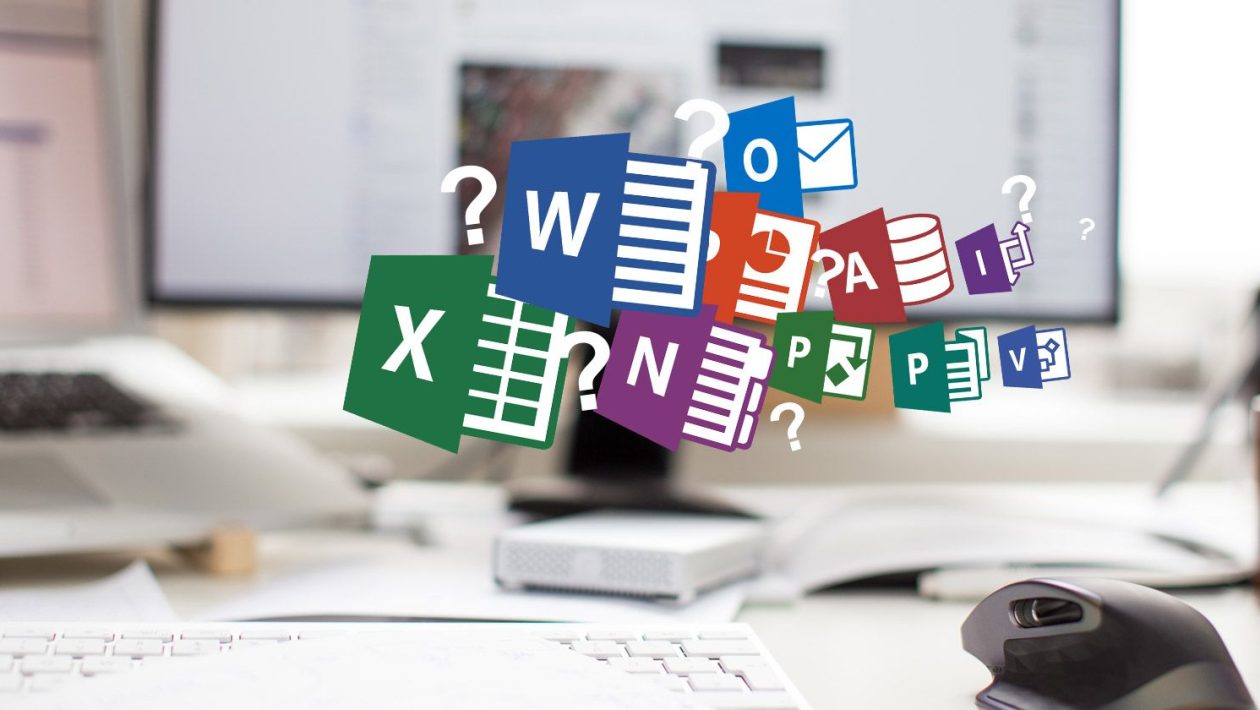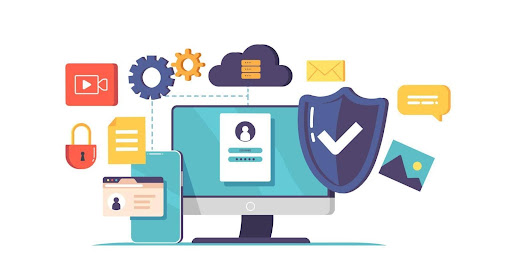The digital age has transformed the way we work, and technology continues to redefine productivity in Germany. Amidst this landscape of progress, Microsoft Office has remained a constant, evolving to meet the demands of professionals and businesses alike. The releases of Office 2019 and Office 2021 have been pivotal moments in this evolution, each bringing unique features and improvements. In this article, we will explore the journey of Microsoft Office in Germany, comparing Office 2019 and Office 2021, and understanding their impact on productivity.
Table of Contents
Office 2019 – A Step Forward
Released in September 2018, Office 2019 was a significant milestone in the evolution of Microsoft’s productivity suite. Building on the foundations laid by its predecessors, Office 2019 introduced a host of new features and enhancements tailored to meet the evolving needs of German users.
At the heart of Office 2019 were the classic applications – Word, Excel, PowerPoint, and Outlook. These familiar tools had become synonymous with productivity for professionals and students in Germany. With Office 2019, Microsoft aimed to refine and enhance these applications to make them even more efficient and user-friendly.
One of the standout features of Office 2019 was its improved inking capabilities. With touch-screen devices gaining popularity, this feature catered to German users who preferred to make handwritten annotations or sketches. The seamless integration of digital pens and touchscreen devices bridged the gap between traditional pen-and-paper workflows and modern digital collaboration.
Moreover, Office 2019 brought significant advancements in data analysis within Excel. Features like Power Pivot and Power Query empowered German users to perform complex data modeling and analysis, transforming raw data into meaningful insights. This newfound analytical power was particularly valuable for industries like finance, research, and data analytics, allowing them to make data-driven decisions with ease.
Another notable feature of Office 2019 was its offline accessibility. Despite the growing trend towards cloud-based applications, many professionals and students in Germany still required reliable offline access to their documents. The ability to work seamlessly without an internet connection was crucial, especially in remote or low-connectivity areas.
Office 2021 – Embracing the Future
Building on the success of Office 2019, Microsoft unveiled Office 2021 as the latest iteration of its productivity suite. While retaining the core applications, Office 2021 introduced new features and enhancements to cater to the changing demands of the German workforce.
A central theme in Office 2021 was the seamless integration of cloud-based productivity and collaboration. By tightly integrating cloud services like OneDrive, Microsoft aimed to redefine how teams work together in Germany. The cloud-centric approach allowed for real-time collaboration, simultaneous document editing, and easy file sharing, empowering German businesses to work more efficiently, even across geographical distances.
Office 2021 also introduced “Microsoft Editor,” a powerful tool that significantly improved language and writing suggestions in Word and Outlook. German writers and professionals benefitted from this feature, as it helped them craft more polished and refined communications, thereby enhancing their overall professionalism.
Another sought-after addition in Office 2021 was the introduction of “Dark Mode.” This feature allowed users to work for extended periods without straining their eyes, particularly valuable for those who often found themselves working late hours or in low-light conditions.
Security and Privacy – A Key Consideration
Data security and privacy are paramount concerns for businesses and individuals in Germany. Recognizing this, both Office 2019 and Office 2021 made significant efforts to address these issues. In Office 2021, Microsoft bolstered security measures, including encrypted email communication in Outlook, advanced protection against malware and phishing attempts, and support for Multi-Factor Authentication (MFA). These additional layers of security instilled confidence in German users, ensuring that their sensitive data remained protected.
Fostering Inclusivity
Microsoft has always emphasized inclusivity, and both Office 2019 and Office 2021 continued this trend by offering enhanced accessibility features. Office 2021 introduced the “Immersive Reader,” catering to individuals in Germany with reading difficulties or visual impairments, providing them with a more inclusive and accessible experience.
Choosing the Right Office Suite
The decision to opt for either Office 2019 or Office 2021 depends on individual needs and preferences. For German businesses seeking stability, offline access, and traditional desktop applications, Office 2019 remains a reliable choice. On the other hand, organizations focused on seamless collaboration, cloud-based storage, and cutting-edge features may find Office 2021 to be the more suitable option.
Conclusion
The journey of Microsoft Office in Germany, from Office 2019 to Office 2021, has been a testament to the relentless pursuit of productivity and efficiency. Both editions have played a vital role in empowering professionals and businesses to stay ahead in an ever-changing world.
Office 2019’s focus on enhancing classic applications, improving inking capabilities, and enabling offline accessibility catered to users who valued familiarity, stability, and reliable offline access. The suite’s data analysis advancements in Excel proved invaluable for businesses, researchers, and analysts, enabling them to harness the power of data to make informed decisions.
In contrast, Office 2021’s seamless integration of cloud services, innovative features like “Dark Mode,” and “Microsoft Editor” demonstrated Microsoft’s commitment to embracing the future of work. The cloud-centric approach enabled real-time collaboration, making it easier for teams to work together effectively, regardless of their physical location. Furthermore, Office 2021’s focus on security and privacy instilled confidence in German users, knowing that their sensitive data was well-protected.
Looking ahead, both Office 2019 and Office 2021 will continue to serve as powerful productivity tools for professionals and students in Germany. The decision to choose between the two depends on individual needs, preferences, and the nature of their work. Organizations seeking stability and offline accessibility may find Office 2019 to be the optimal choice, while those prioritizing collaboration and cloud-based productivity may lean towards Office 2021.
In conclusion, Microsoft Office has been an indispensable partner in the journey of productivity for individuals and businesses in Germany. From the inception of Office 2019 to the evolution of Office 2021, Microsoft’s commitment to innovation, inclusivity, and security has ensured that users have access to the best tools to drive success in their endeavors. As technology continues to advance, Microsoft’s dedication to empowering productivity will undoubtedly pave the way for new and exciting possibilities, enabling professionals and businesses in Germany to achieve their goals and thrive in the digital age.





